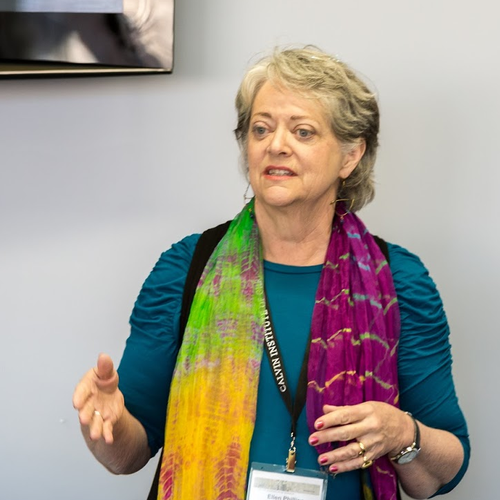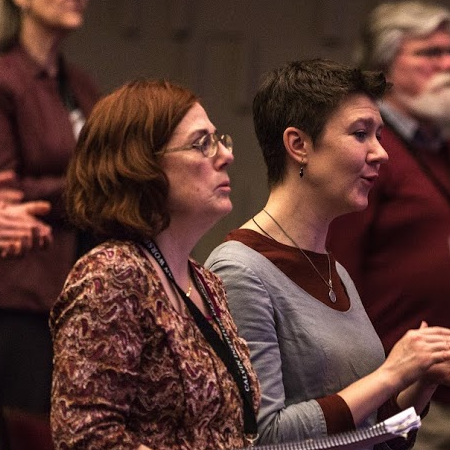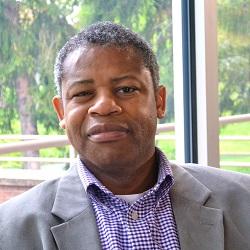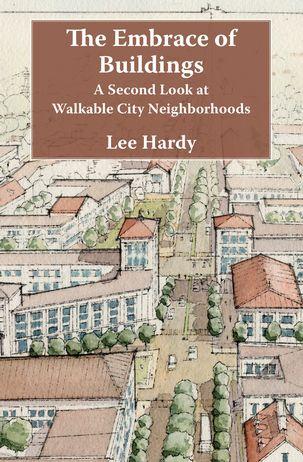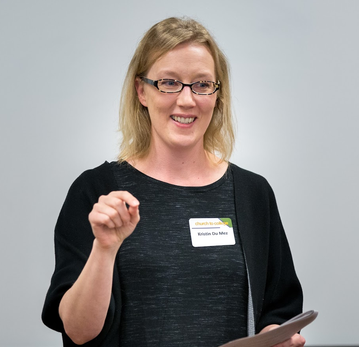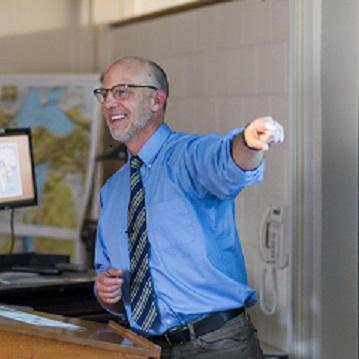Jon Terry and Liuan Huska on Liturgies of Restoration
Au Sable Institute developed its Liturgies of Restoration workbook to help university students in summer field science courses connect Christian worship and creation care. Now small groups and churches are using the workbook to cultivate habits of worship, community, earthkeeping, purposeful stewardship, and hope.
Environmental Justice and the Practices of the Church
A presentation by Noah Toly
Ellen Gadberry on Congregations as Communal Visual Choirs
Many worshipers do not see themselves as creative or gifted in the arts. Yet low-risk opportunities to encounter visual art in worship and participate in making liturgical art can strengthen worshipers’ identities as children of the Creator.
Creative, Collaborative Worship
Led by artist Ellen Phillips, this workshop was a time to explore collaborative methods as well as to share ideas for the art of worship.
Transforming Faith through Visual Arts in a Smaller Church
Artists and church members Cheryl and Lori shared practical guidelines for creating projects that are meaningful, inclusive, and theologically grounded.
Reggie Smith on Churches Called to Become Multicultural
Considering the “Joseph question” and the “Jonah question” can help congregations overcome fear of talking about race, culture, and how God might be calling them to change
The Geography of Worship
An annotated research guide from the field of geography, exploring the relevance of place, space, and human/environment interactions for the study of worship practices.
Does Church Location Make Any Difference?
Because human beings are embodied creatures, the shape of the material world—in particular, the shape of the built environment—will affect their spiritual lives, both in relation to God and to each other.
Why We Need to Know the History of Our Churches
The fact remains that most American Christians remain startlingly ignorant of critical aspects of their church’s history. Learning this history can help us more faithfully know ourselves, love others, and follow Christ.
Thinking Geographically about Congregational Ministries
Maps can help your congregation learn about itself, set ministry priorities and connect to the global church.
Mapping and Visualizing Your Congregation and its Community
A Geography Professor’s View of Churches in Their Geographical Context
Children and Worship
With a new frontier of research on children's spirituality, research as well as experience is showing churches that creating a sacred space for children, where they can encounter the living God, is vital for their faith formation.




